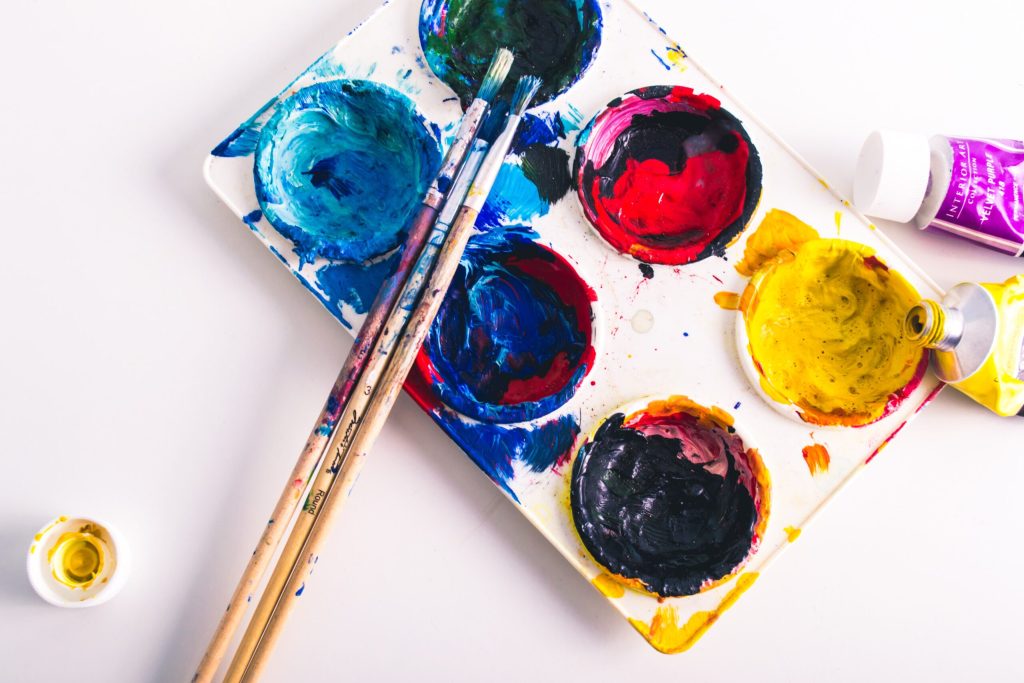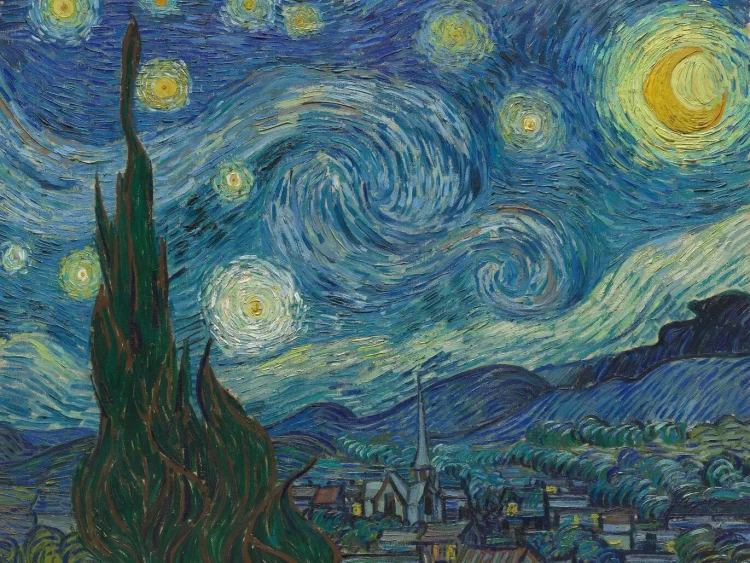Introduction: A New Canvas for Humanity
Art has always reflected human imagination, shaped by the tools and contexts of each era—from cave paintings to oil on canvas, from photography to film. In the 21st century, digital technology has become the defining medium, reshaping not only how art is created but also how it is distributed and experienced.
This essay explores how technology transforms the art ecosystem across three dimensions: creation, distribution, and experience, while examining challenges and opportunities for artists, audiences, and cultural institutions.
1. Transformation of Artistic Creation
1.1 Digital Tools for Artists
- Software like Photoshop, Procreate, and Blender expand creative possibilities.
- Generative AI enables art that blends human input with machine algorithms.
- Example: Refik Anadol’s AI-driven visual installations showcase data as art.
1.2 Democratization of Art-Making
- Affordable tools allow amateurs to produce high-quality works.
- Platforms like TikTok, Instagram, and DeviantArt provide visibility to emerging creators.
1.3 Hybrid and Interactive Art Forms
- AR and VR enable immersive storytelling.
- 3D printing bridges digital and physical art, making sculptures from virtual models.
2. Transformation of Distribution
2.1 Online Platforms and Marketplaces
- Platforms like Etsy, Saatchi Art, and Behance connect artists with global audiences.
- Streaming services redefine music and film distribution.
2.2 Blockchain and NFTs
- Non-Fungible Tokens enable digital ownership and scarcity.
- Artists monetize work directly without intermediaries.
- Example: Beeple’s NFT artwork Everydays sold for $69 million at Christie’s.
2.3 Social Media as Art Ecosystem
- Artists cultivate communities through Instagram, YouTube, or Patreon.
- Viral sharing accelerates exposure but raises concerns of copyright infringement.

3. Transformation of Experience
3.1 Immersive Exhibitions
- Digital projection and VR create interactive museum spaces.
- Example: “Van Gogh Alive” allows audiences to step into paintings.
3.2 Personalized and Remote Engagement
- AI curates personalized art recommendations.
- Virtual galleries enable access for global audiences, breaking geographic barriers.
3.3 Gamification of Art
- Video games blend design, storytelling, and music into art forms.
- Virtual concerts (e.g., Travis Scott’s Fortnite performance) redefine live experiences.
4. Opportunities and Challenges
- Opportunities:
- Expanded creative possibilities.
- Global reach for emerging artists.
- New revenue models via NFTs, online commissions, and subscriptions.
- Challenges:
- Copyright and plagiarism in digital spaces.
- Market oversaturation reduces discoverability.
- Digital divide excludes artists lacking resources or internet access.
5. Future Directions
- Greater integration of AI in collaborative art-making.
- Hybrid galleries combining physical exhibitions with digital interactivity.
- Sustainable practices to address environmental costs of NFTs and digital infrastructure.
Conclusion: Art in a Hybrid World
The digital age does not replace traditional art; it expands its boundaries. Technology transforms creation, distribution, and experience, giving rise to new forms of artistry and broader accessibility.
As art adapts to digital landscapes, its essence remains the same: a reflection of human creativity, emotion, and imagination. The challenge lies in using technology not to diminish art’s authenticity but to enrich its power to inspire and connect humanity.
















































